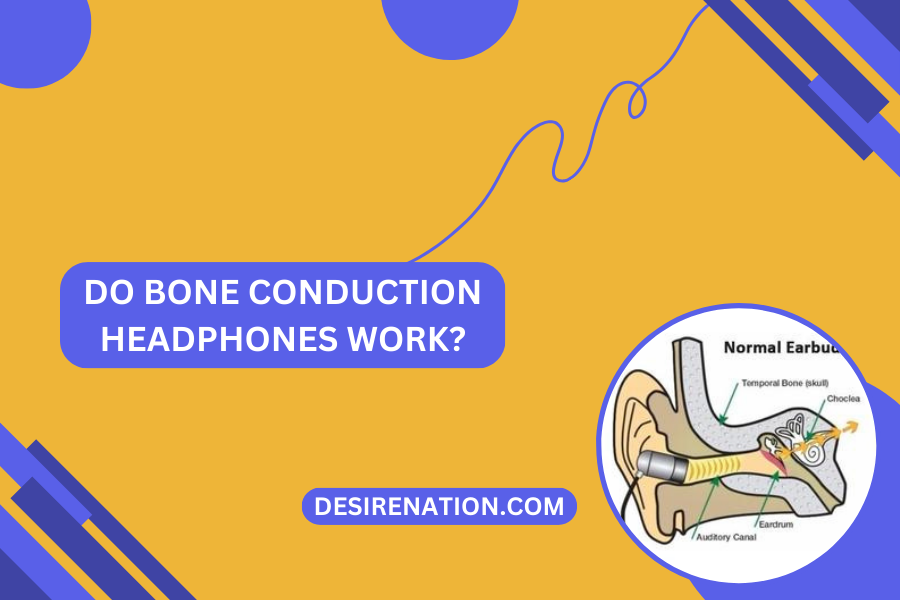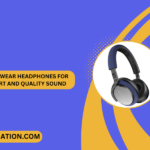In the ever-evolving landscape of audio technology, bone conduction headphones have emerged as a unique and innovative alternative to traditional earphones. Promising a different approach to sound delivery, these headphones have sparked curiosity and questions about their functionality. In this article, we’ll explore the intriguing world of bone conduction headphones and answer the question: Do they really work?
1. Understanding Bone Conduction Technology:
Bone conduction technology works on a simple yet fascinating principle. Instead of relying on traditional speakers placed in or over the ears, bone conduction headphones transmit sound by vibrating the bones of the skull directly. This vibration, in turn, stimulates the cochlea, allowing the listener to perceive sound without the need for traditional earbuds.
2. How Bone Conduction Headphones Work:
- Transducers: Bone conduction headphones feature transducers that convert electrical signals into vibrations. These transducers are typically positioned on the temporal bone just in front of the ear.
- Vibrations: Once activated, the transducers generate vibrations that travel through the bones of the skull, reaching the cochlea. The cochlea then interprets these vibrations as sound, bypassing the need for the eardrum.
- Open-Ear Design: One of the key features of bone conduction headphones is their open-ear design. Unlike traditional headphones that cover or insert into the ears, bone conduction headphones leave the ear canal unobstructed, allowing users to stay aware of their surroundings.
3. Applications and Use Cases:
- Hearing Impairments: Bone conduction technology has found applications in assisting individuals with certain types of hearing impairments. By bypassing the ear canal, it can provide an alternative way for sound to reach the inner ear.
- Open-Ear Awareness: Athletes and outdoor enthusiasts appreciate bone conduction headphones for their open-ear design. This allows users to remain aware of ambient sounds, enhancing safety during activities like running or cycling.
- Military and Tactical Use: The military has explored the use of bone conduction technology for communication purposes. The open-ear design enables soldiers to maintain situational awareness while receiving important communications.
4. Sound Quality and Limitations:
- Sound Quality: While bone conduction headphones provide a unique listening experience, their sound quality may not match the richness and clarity of traditional headphones. The vibrations transmitted through bones result in a different perception of sound.
- Limitations: Individuals with specific hearing conditions, such as conductive hearing loss, may benefit more from bone conduction headphones. However, those with normal hearing may find them less immersive compared to conventional audio devices.
5. Comfort and Fit:
- Comfort: Bone conduction headphones are generally comfortable to wear, as they don’t apply pressure to the ear canal. Users with discomfort from traditional earbuds may find bone conduction headphones to be a comfortable alternative.
- Fit: Achieving a proper fit is crucial for optimal performance. The headphones must make good contact with the bones around the ear to ensure effective vibration transmission.
6. Conclusion:
In conclusion, bone conduction headphones do work and offer a distinctive approach to audio transmission. Their applications range from aiding those with hearing impairments to providing open-ear awareness for outdoor activities. While they may not replace traditional headphones for audiophiles seeking high-fidelity sound, bone conduction technology has found its niche in various practical and specialized scenarios. As the technology continues to evolve, we can expect further innovations in the realm of bone conduction audio devices.
You Might Also Like These:
Connecting bose bluetooth headphones
How fast do sony headphones charge












